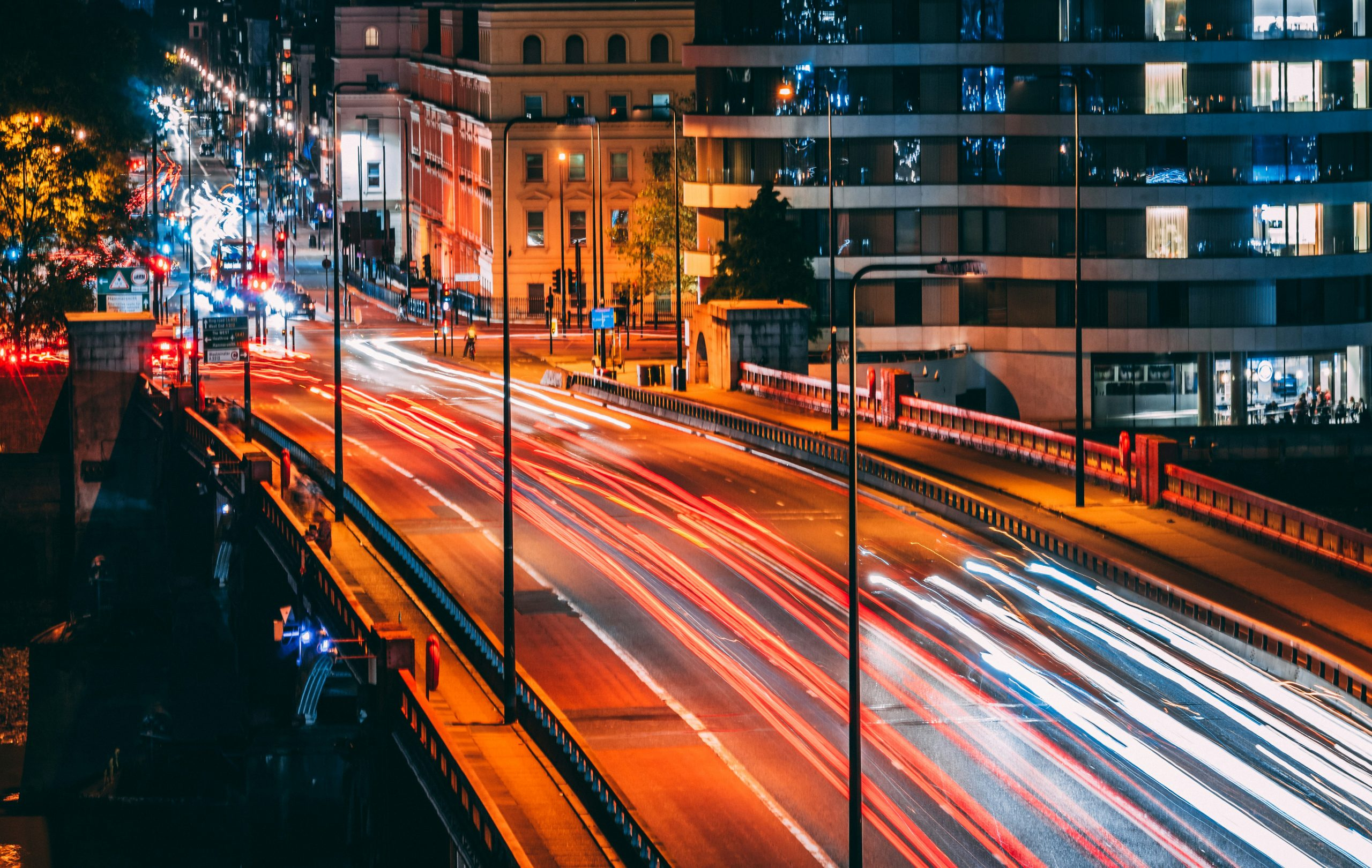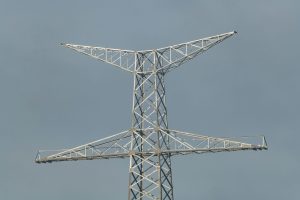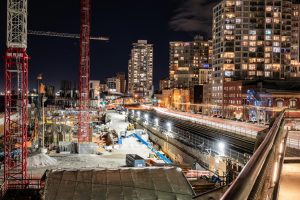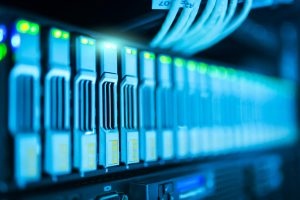Smart devices that are making our cities more connected
Technology is constantly changing and evolving, and one of the most exciting developments in recent years is the rise of smart devices. These devices, connected to the internet and able to communicate with each other and their users, have the potential to revolutionize the way we live and work in our cities. From transportation and infrastructure to public services and emergency response, smart devices are making our cities more connected in ways we never thought possible.
The Internet of Things
Before we dive into the specific smart devices that are transforming our cities, it’s important to understand the concept of the “Internet of Things” or IoT. This term refers to the network of devices, vehicles, and buildings that are embedded with electronics, software, sensors, and connectivity, allowing them to collect and exchange data. Essentially, it is the idea of connecting everyday objects to the internet and to each other, creating a web of interconnected smart devices.
Transportation
One of the most significant areas that smart devices are impacting is transportation. With the increasing use of smartphones, GPS, and traffic sensors, smart devices are making our daily commutes faster, safer, and more efficient. For example, ride-sharing and car-sharing services utilize smart devices to connect passengers with drivers and coordinate routes, reducing the number of cars on the road and easing traffic congestion. In some cities, buses and trains are equipped with sensors and GPS tracking, allowing users to know exactly when the next vehicle will arrive. This not only saves time for commuters, but also reduces emissions and makes public transportation more accessible and reliable.
Smart Traffic Lights
Smart traffic lights, or traffic signals equipped with sensors and connected to the internet, are also playing a crucial role in improving transportation in our cities. These intelligent traffic lights are able to adjust the timing of their signals based on traffic patterns and real-time data, reducing wait times and improving the flow of traffic. In cities like San Antonio, these smart traffic lights have led to a 12% decrease in travel time and a 10% reduction in fuel consumption.
Infrastructure
Smart devices are also making a significant impact on the infrastructure of our cities. From buildings to energy grids, smart devices are making crucial improvements in efficiency, sustainability, and cost-effectiveness.
Smart Energy Meters
One key example is the installation of smart energy meters in homes and buildings. These devices are able to track and report the energy usage in real-time, allowing users to make informed decisions about their energy consumption. This not only leads to cost savings for individuals and businesses, but also helps to reduce energy consumption, easing the strain on our energy grids and promoting sustainability.
Sensor-Enabled Roads
Sensor-enabled roads are another example of how smart devices are helping to improve our cities’ infrastructure. Sensors embedded in roads and bridges are able to collect data on traffic patterns, vehicle weight, and road conditions, allowing for more efficient maintenance and repairs. This not only saves time and resources, but also improves the safety and functionality of our roads and highways.
Public Services and Emergency Response
In addition to transportation and infrastructure, smart devices are also making our cities more connected in terms of public services and emergency response. These devices are able to provide valuable data to city officials and emergency responders, helping them to make informed decisions and respond to situations more efficiently.
Smart Public Waste Bins
One interesting example of a smart device in our cities is the smart public waste bin. Equipped with sensors, these bins are able to detect when they are full and automatically alert waste management services for efficient collection. This not only makes waste management more efficient, but also helps to keep our streets clean and reduce the impact of overflowing bins on our environment.
Smart Crime-Predicting Software
Another example is the use of smart crime-predicting software, which analyzes data from various sources to identify patterns and predict high-risk areas for crime. This allows law enforcement to allocate resources more effectively and prevent crime before it happens, making our cities safer for everyone.
Conclusion
Smart devices are truly changing the way our cities operate and making them more connected than ever before. From transportation and infrastructure to public services and emergency response, these devices are enhancing efficiency, safety, and sustainability. As technology continues to advance, we can only imagine the endless possibilities for smart devices to make our cities even smarter and more connected in the future.










